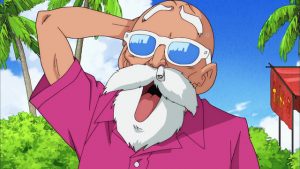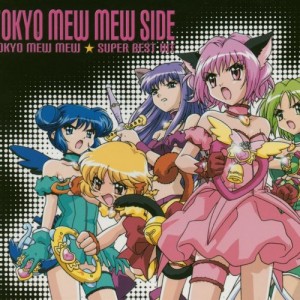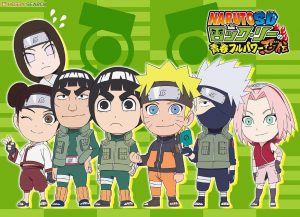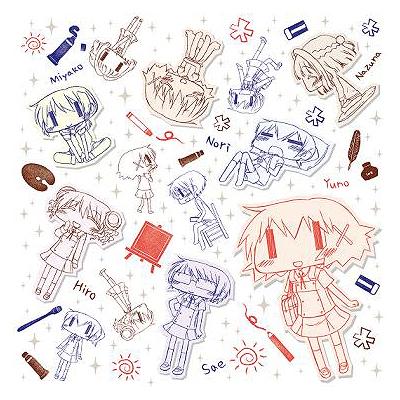
If you’ve been reading manga and watching anime for long enough, you’ll recognize a number of strange visual gags that don’t make inherent sense to Western minds. We easily understand our own cultural symbols and jokes (like a raincloud appearing over someone’s head when they’re sad), but those that come from Japanese society and language can be confusing.
Today, we’re here to discuss three more of our favorite visual gags from manga, touching on their histories and our favorite examples from each. Let’s jump right in!
Chibi Mode
Chibi (sometimes called “super deformed”) is such a common caricature drawing style that it even shows up on construction signs and official documents in Japan. In the realm of manga, shifting to chibi style usually means that a character is being especially cute or silly. Quick gags where characters shift into chibi mode during the main storyline were more prominent in the ‘90s, while modern works tend to limit chibis to separate 4-koma comics or spinoff series.
Slice of life manga are perhaps the most frequent users of this style—Azumanga Daioh, ARIA, and Hidamari Sketch are famous for it, and Himouto! Umaru-chan’s main character is shown in her chibi form so often that it’s hard to recognize her when she’s drawn normally. But even shounen series step into chibi world sometimes, such as in Attack on Titan’s hilarious spinoff manga where the horrors of the titan war are switched out for adorable chibi antics in middle school. The characters’ heads momentarily shift back to their original designs when scared, which is way funnier than it has any right to be.
Referential Art Shift
Highly influential manga, especially those with distinctive art styles, are often parodied or given homages in other works. Characters may shift into the jagged style of Fist of the North Star and/or JoJo’s Bizarre Adventure for a melodramatic fight scene, or into the old-school shoujo look of Rose of Versailles for a moment straight out of a soap opera. These scenes are funny even if you don’t get the reference just because of how abrupt the switch can be, but understanding their origins makes it even better.
Referential art shifts are the bread and butter of Pop Team Epic and Bobobo-bo Bo-bobo’s humor, with the latter once enlisting the mangaka of Yu-Gi-Oh to draw his main character into the comic for extra accuracy points. Lucky Star depicted an intense driving sequence in the style of Initial D, with the anime adding CG cars to drive the point home. Our favorite recent example, though, has to be the Murata redrawing of One Punch Man. Most characters are drawn in a realistic shounen style, but Saitama himself still looks the same as he did in ONE’s purposefully amateurish original webcomic. It’s only when he gets serious that his features shift into sharp relief.
Henohenomoheji Face
This ubiquitous Japanese doodle uses the hiragana symbols for “he”, “no”, “mo”, and “ji” to approximate a face with a pouty expression. In the manga world, it conveys anonymity or unimportance and may be drawn on the faces of background crowds or inanimate objects like dummies. It might also be worn as a mask by someone who’s concealing their identity, such as Scarecrow from Tokyo Ghoul.
Ranma from Ranma ½ is no stranger to this face, shifting into it after eating nasty food or having other unpleasant experiences. In one instance, the hiragana fell off of his head and he stuck them back on haphazardly. And Asuka and Tobimaro’s father from Urusei Yatsura is so uninteresting that his face is actually a henohenomoheji all the time!
Final Thoughts
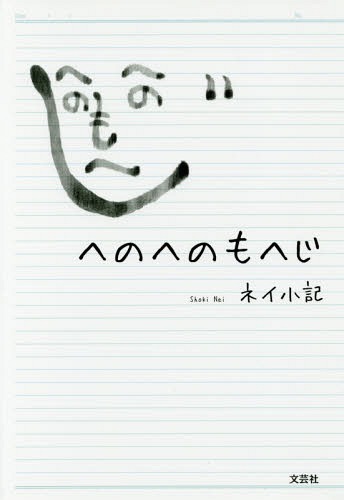
We love digging deeper into the history of manga visual gags because they come from a culture that we only have outside experience with. It’s fascinating to learn the little jokes and symbols that Japanese people inherently understand so that we can recognize them in their proper context from now on. Small cultural quirks like that are always entertaining!
What did you think of our list? Did we miss any of your favorite manga visual gags in this or our other articles? Let us know in the comments, and thanks so much for reading!
[PR_honeys title="Honeys Anime Recommends!" text="The gags within manga are endless. From serious action shows to ecchi, comedy, and slice of life manga, there are comedic gags everywhere. Some are easy to identify, but others shoot right over your head. How many do you know? Are you planning your own manga and trying to figure out where you can work them into your story? If so, then we recommend the “Manga Drawing / Comprehensive Course” from Manabi Journey. The course has produced over 100 professional manga artists in Japan. With complete support in English while learning directly from the professionals, you can put your mind at ease and your pen to work! Check it out by clicking on the banner below!" url="https://tour.manabijourney.jp/mangadrawing//?utm_source=honeysanime&utm_medium=banner700x200&utm_content=inside-single&utm_campaign=manabijourney-mangadrawing-comprehensive2" onclick="ga('send', 'event', 'link_external', 'click', 'to_manabi_journey_manga_comprehensive2@single_pr');" img=' ']
']
Recommended Post


